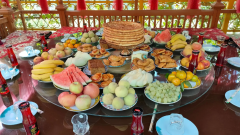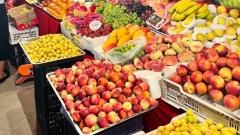Xinjiang, located in northwestern China, is not only famous for its Silk Road history and diverse cultures but also for producing some of the juiciest, sweetest fruits in the world. Travelers often say that grapes, melons, and pomegranates in Xinjiang taste richer and fresher than anywhere else. But what makes this region’s fruits so special? The answer lies in its unique geography, climate, and centuries-old cultivation traditions.
Ideal Climate and Geography
Xinjiang’s fruit-growing regions benefit from long hours of sunshine, large temperature differences between day and night, and fertile soils. These conditions allow fruits to store more sugar during the day while retaining their crisp freshness at night. For example, grapes from Turpan contain higher natural sugar levels, making them perfect for wine-making and drying into raisins. Similarly, Hami melons are world-renowned for their extra sweetness, thanks to the arid desert climate and pure mountain snowmelt that irrigates the fields.
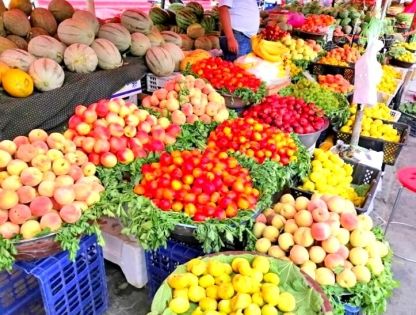
Fruits from Xinjiang
Grapes of Turpan
Turpan is often called the “Grape Valley of China.” With more than 600 grape varieties, the valley produces table grapes, wine grapes, and raisins that are exported worldwide. Walking through the vineyards shaded by wooden trellises, visitors can taste grapes that are both juicy and honey-sweet. The region is especially famous for its sun-dried raisins, which keep their natural flavor without artificial additives.
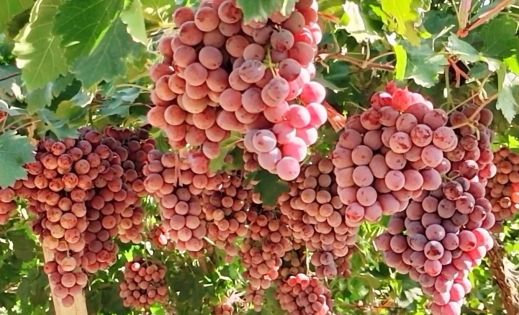
Hami Melons: The King of Sweetness
The Hami melon, named after the city of Hami in eastern Xinjiang, is perhaps the most iconic fruit of the region. It comes in many varieties, from golden-skinned melons with crisp flesh to soft, honey-flavored types. Their sweetness level is remarkably high, sometimes exceeding international standards for sugar content in melons. These melons are often given as gifts, symbolizing prosperity and abundance.
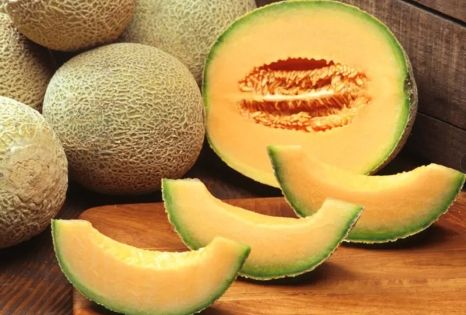
Pomegranates of Hotan
In southern Xinjiang, the city of Hotan is known for producing large, ruby-red pomegranates. Their arils are plump, juicy, and packed with antioxidants. Unlike the more sour pomegranates found elsewhere, Hotan’s varieties balance sweetness and tartness, making them perfect for fresh eating or juicing. Many travelers enjoy visiting orchards in the harvest season, where farmers often invite guests to taste fruits straight from the trees.
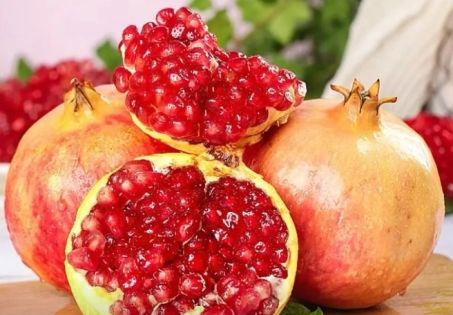
A Cultural and Culinary Experience
Fruit in Xinjiang is more than food—it’s part of daily life and hospitality. At markets and family gatherings, fruits are always placed at the center of the table as a gesture of welcome. Traditional Uyghur dishes also incorporate fruits, such as lamb with raisins, pilaf with carrots and melon, and sweet pomegranate desserts. Travelers can join local festivals like the Grape Festival in Turpan, where fruit tasting, music, and dance showcase the rich culture of the region.
Conclusion
The magic of Xinjiang’s fruits lies in the perfect mix of nature and culture: a land blessed with sunshine, pure water, and traditions that honor the art of fruit growing. Whether you bite into a juicy Turpan grape, enjoy a slice of Hami melon, or savor the seeds of a Hotan pomegranate, you’ll taste the essence of this diverse land. For travelers, exploring Xinjiang’s orchards is not only about flavors but also about experiencing a living heritage that connects people and nature.










